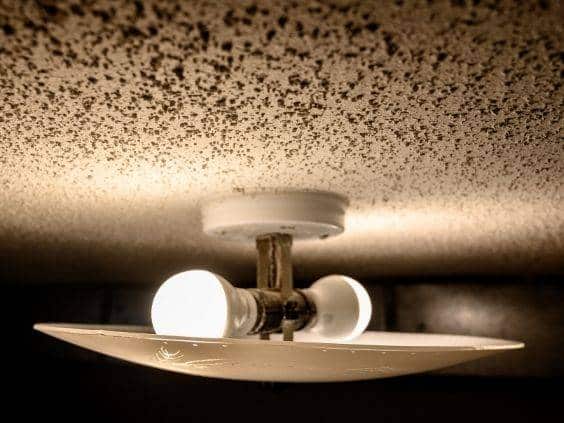An empty home is like a blank canvas, and as a new homeowner, you will likely walk into the space brimming with ideas. However, as you walk through your home, you may find that certain areas don’t inspire as much excitement as others. Some rooms may have features that will leave you scratching your head. To face the challenge, here are some common interior design challenges and how to overcome them.
Small Spaces
It can be tricky to paint a large piece on a small canvas, and the same is true for having big design ideas for a small space. It’s easy for small rooms to become overcrowded and busy-looking. But there are tricks to maximize style while minimizing the space it takes to create it. Here are a few quick tips for overcoming this design challenge:
- Utilize wall mirrors to make the room appear larger
- Maximize natural light
- Paint the ceiling a light color with a glossy finish
- Use space-saving furniture like mounted TVs or daybeds
- Move furniture away from the walls.
Popcorn Ceiling
Popcorn ceilings were in vogue in the early and middle parts of the last century and still exist in many homes today. While many people don’t mind the look of a popcorn ceiling, some would rather do without it. You can remove a popcorn ceiling; however, you should be wary of taking a scraper to it if your home’s construction dates back before 1977. If it was, there’s a chance that that ceiling contains lead or asbestos, and you’ll want to have a professional look at it.
If you want to avoid the hassle of removing the ceiling, you can always paint over it. Start by running a flathead screwdriver or scraper along the room’s edges near the wall to avoid excessive flaking. Then, edge the walls and paint the center. Remember, excessive moisture may cause the ceiling to fall, so use a light touch, and don’t oversaturate your brush or roller.
North-Facing Rooms
Because the sun travels from east to west, sunlight may look different depending on what direction a room’s window’s face. For instance, a room that faces east will experience the full force of the sun in the morning but the weakest light in the evening. Since color is effectively light, the direction light comes from changes how colors appear when you put them on the wall. Because rooms that face north receive the weakest, coolest light, they often pose a challenge for designers.
To get the most out of your north-facing room, try to maximize what natural light there is as much as possible with sheer, open window treatments or wall mirrors. You can also augment it with warm artificial light that mimics natural sunlight. From here, focus on color palettes that won’t look washed-out in the cool northern light.

